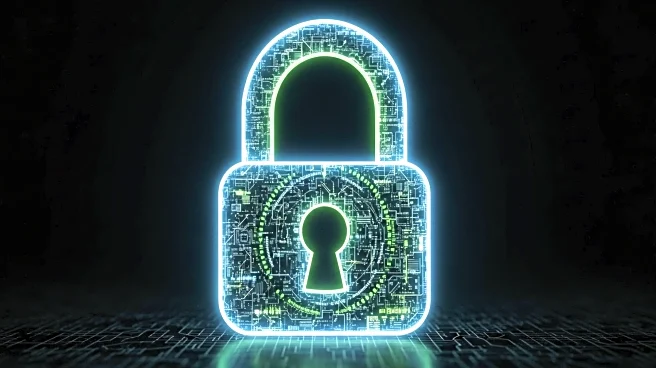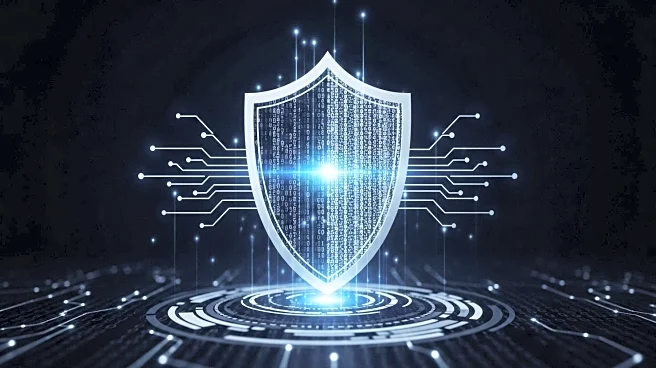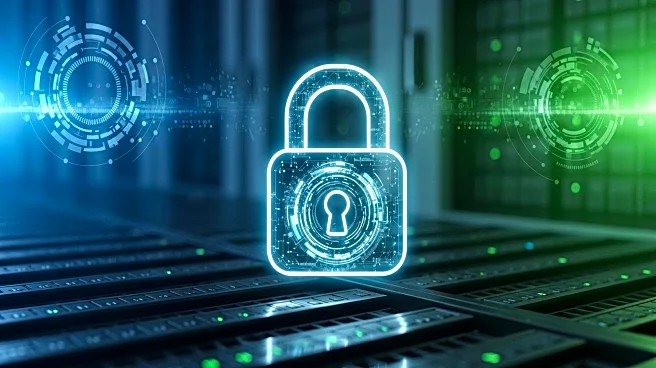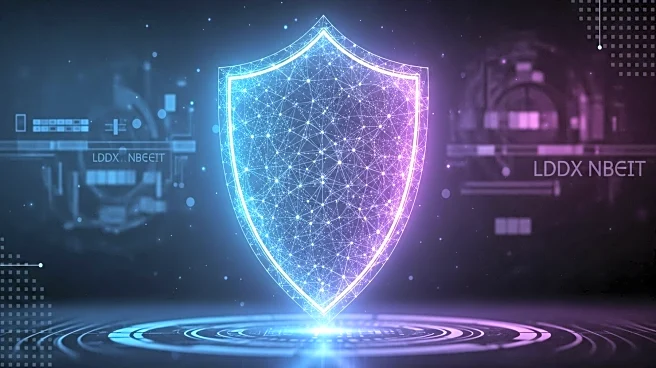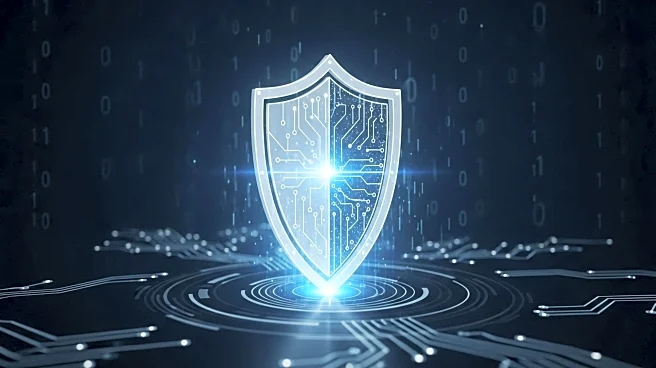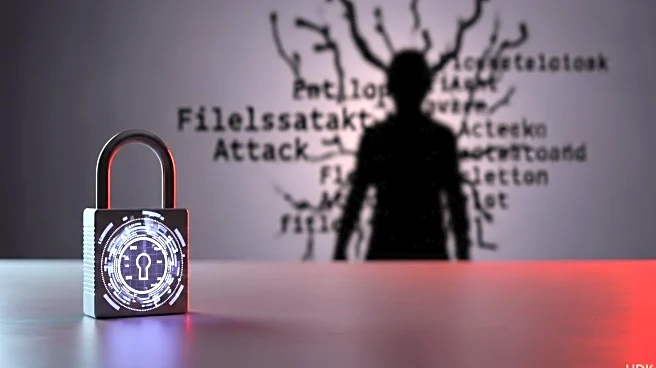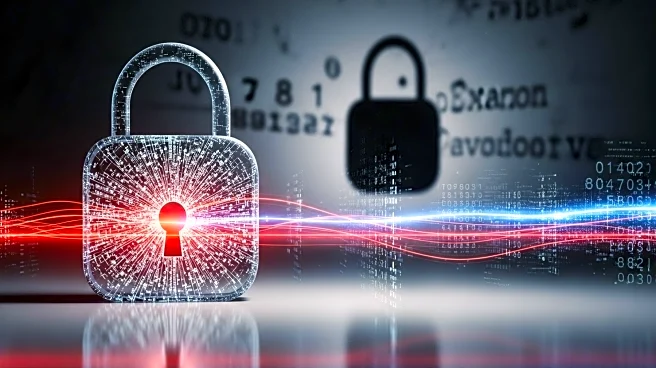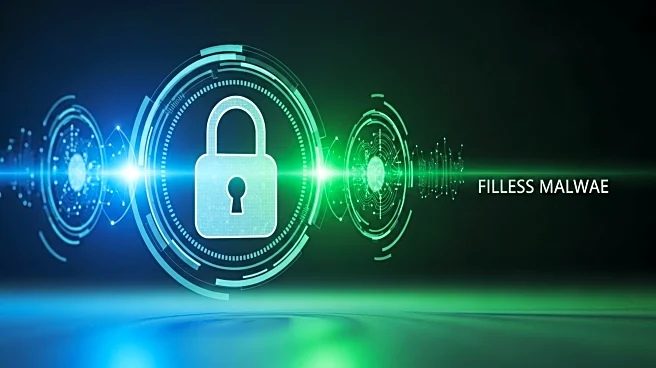What is the story about?
What's Happening?
Cybersecurity experts have identified a rise in the use of novel living-off-the-land (LOTL) tactics by threat actors, as reported in HP Wolf's Q2 2025 Threat Insights Report. These tactics involve the use of multiple, often uncommon binaries in a single campaign and the innovative use of image files to evade detection. Alex Holland, a principal threat researcher at HP Security Lab, noted the increased chaining of LOTL tools and the use of less obvious file types, such as images, to avoid detection. An example includes the use of reverse shells, which do not require a fully-fledged remote access Trojan (RAT) to be effective. In one incident, attackers used multiple LOTL tools to deliver XWorm malware, a RAT capable of data theft and remote control. The final payload was hidden in the pixels of an image from a trusted website, decoded via PowerShell, and executed through MSBuild. The attack began with malicious Compiled HTML Help files disguised as project documentation, which contained scripts to initiate a multi-stage infection.
Why It's Important?
The adoption of these advanced LOTL techniques poses significant challenges for cybersecurity defenses, as they exploit trusted processes and files to bypass traditional security measures. This development highlights the evolving sophistication of cyber threats and the need for enhanced detection capabilities. Organizations across various sectors, particularly those handling sensitive data, are at increased risk of data breaches and unauthorized access. The use of trusted websites and file types in these attacks complicates the detection process, potentially leading to increased financial and reputational damage for affected entities. As cyber threats continue to evolve, there is a pressing need for cybersecurity professionals to adapt and develop more robust defense mechanisms to protect against these sophisticated attacks.
What's Next?
Organizations are likely to invest in advanced threat detection technologies and strategies to counter these emerging LOTL tactics. Cybersecurity teams may need to enhance their monitoring capabilities and employ more sophisticated analysis tools to identify and mitigate these threats effectively. Additionally, there may be increased collaboration between cybersecurity firms and government agencies to share intelligence and develop comprehensive defense strategies. As threat actors continue to innovate, the cybersecurity industry must remain vigilant and proactive in addressing these evolving challenges.
Beyond the Headlines
The use of LOTL techniques raises ethical and legal questions about the responsibility of software developers and service providers in ensuring the security of their platforms. As attackers exploit legitimate tools and processes, there is a growing need for industry-wide standards and regulations to address these vulnerabilities. Furthermore, the increasing complexity of cyber threats may lead to a greater emphasis on cybersecurity education and training to equip professionals with the skills needed to combat these sophisticated attacks.
AI Generated Content
Do you find this article useful?
